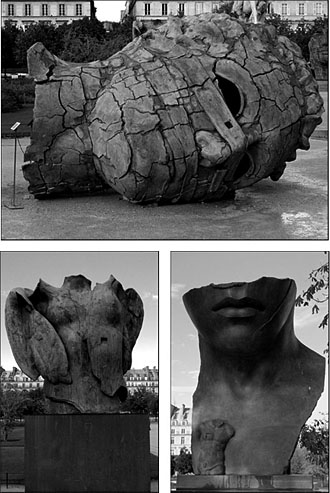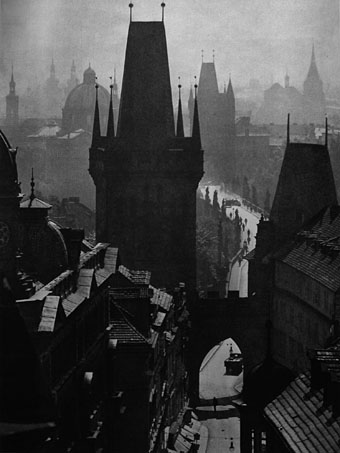After 12 years of expanding the definition of rock music, Tortoise will release a highly anticipated box set. Lazarus Taxon is the paleontological term for a species that disappears, then reappears in the fossil record; its namesake is this collection including rare singles from foreign releases and tour EPs, compilation tracks, previously unreleased material and the out-of-print 1995 album Rhythms, Resolutions & Clusters. The set contains three CDs and one DVD, which features most of Tortoise’s music videos and extensive and rare live performance footage.
Shortly following Tortoise’s 1994 self-titled debut, the band asked some friends to remix several tracks, resulting in RR&C, a 30-minute continuous disc. The packaging was made and assembled by hand and the limited pressing sold out in the first year of release. At the time, remixes were the tool of the DJ and found most commonly in the dance-music world. RR&C and the 12″ series that followed—some of which you will find in the set—set off a wave of remixes and remix albums in the rock community. A remix intended for this collection by Mike Watt makes its debut in A Lazarus Taxon.
The photography that appears in the album artwork is the work of Arnold Odermatt, a retired Swiss police officer-turned artist. Assigned to document auto accidents and police training, Odermatt’s photos were far more than documents. He often photographed the accident scenes again after all the officers had left and the clutter had been cleared. His photos were uncovered by the Springer and Winkler Gallery, which had Odermatt reprint them in limited editions. The photographs were an instant sensation and garnered Odermatt wide acclaim. Several books have since been published of his work. He has had solo shows at The Museum of Contemporary Art in New York and The Art Institute of Chicago. The Springer and Winkler Gallery and Odermatt graciously allowed Tortoise to use photos that they had selected for this package.
Inland Empire
David Lynch’s new film receives a screening at the Venice Film Festival this week where the director will also receive a lifetime achievement award. Lynch has been working on Inland Empire for about two years and the result sounds like it’s going to as personal and idiosyncratic as his best works. Time to start getting excited, in other words. The New York Film Festival will also be screening the film and indieWire had this to say about it:
A Polish woman looks, intently, into someone or something … an actress (Laura Dern) is warned that her new movie is cursed … a rabbit-headed family perform sit-com actions on a stage set as if engaged in a solemn ritual … Such are just a few of the elements and recurrent motifs of The Inland Empire (sic), a mesmerizing surge through countless looking glasses that lands us on the far side of the land of nightmares. Lynch’s first foray into high-definition video is just as visually stunning as his work in 35mm, but the long gestation period of his new film (he shot on and off over two years, and wrote as he went) has allowed him to give his own uniquely epic form to many of his primary concerns: the exploitation of young women, the mutability of identity, the omnivorousness of Hollywood.
Justin Theroux, who played film director Adam Kesher in Mulholland Drive, will also star. He discusses working with Lynch in a recent interview here.
Update: David Lynch given lifetime award.
The art of Igor Mitoraj
Great photo galleries of the artist’s work from a
Tuilleries exhibition here and on three pages following.
Sans Soleil
Chris Marker might be considered the Borges of cinema if that designation didn’t seem limiting, with its implication that literature is superior to cinema, that filmmakers only receive true qualification as artists through comparison to more venerable creators, and so on. Marker, then, is Marker, although who Marker is remains obscure, as this article notes:
Some say his father was an American soldier, others that he (Marker) was a paratrooper in the Second World War. Still others, that he comes to us from an alien planet. Or the future. Throughout his career, he has rarely been interviewed, and even more rarely photographed. It is said that he responds to requests for his photograph with a picture of a cat – his favorite animal.
The possibility that he comes from the future is a compelling conceit when his most famous work, La Jetée, is a very subtle film about time travel (later remade with a huge budget and no subtlety at all by Terry Gilliam as Twelve Monkeys). JG Ballard and others have enthused about La Jetée for years but my favourite Marker film remains Sans Soleil, a meditation on time, memory, travel and culture, blending documentary images with a semi-fictional (?) voice-over narrative that resists easy summary. In this respect it parallels some of Borges’ essays or “ficciones”; like many of Borges’ best works it manages to be both personal and universal, drawing connections which seem obvious until you realise that no one has pointed them out in quite that way before. An equally fascinating companion to Sans Soleil is Marker’s CD-ROM, Immemory, a Mac-only release that’s already out-of-date in software terms (and since Classic stopped working on my Mac even I can’t use it for the time being).
This site presents a critical reading of Sans Soleil as a rather disjointed web experience. And you can read the text of the film here. Needless to say, none of these are very satisfying at all without the accompaniment of Marker’s images.
Karel Plicka’s views of Prague
Bridge Street, from Prague in Pictures (1940).
A shame there isn’t more of Plicka’s atmospheric photography on the web, his views of Prague present the city the way we usually imagine it from the stories of Kafka and Gustav Meyrinck. This site features a very small selection from the 220 plates that comprise his Prague in Pictures book. Taschen have published a collection of Atget’s famous photographs of Paris; the “Ansel Adams of Czechoslovakia” is overdue for a similar reappraisal.
Previously on { feuilleton }
• Giant mantis invades Prague
• Atget’s Paris
• Barta’s Golem





